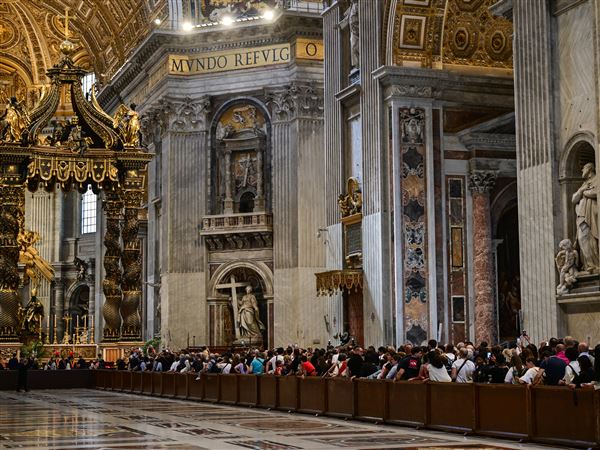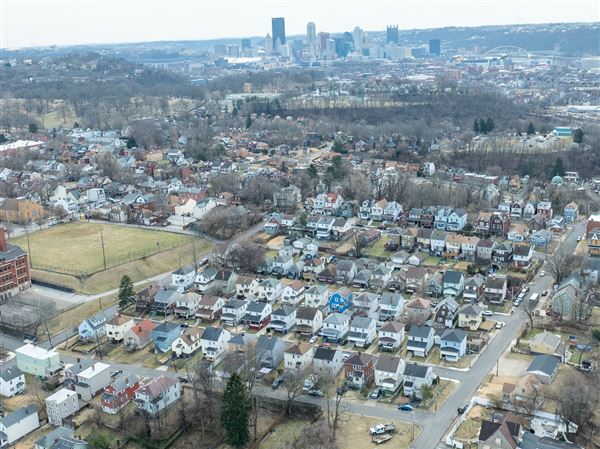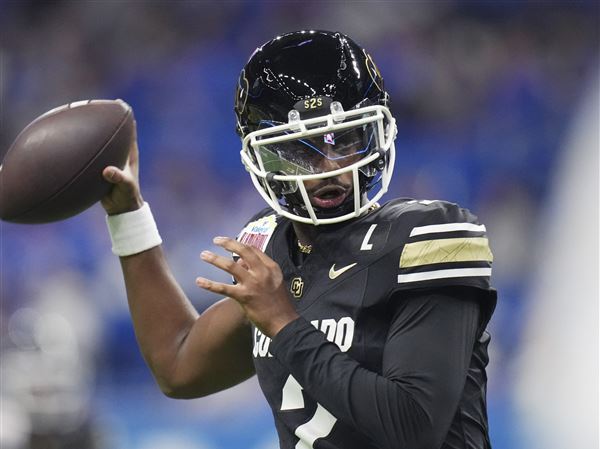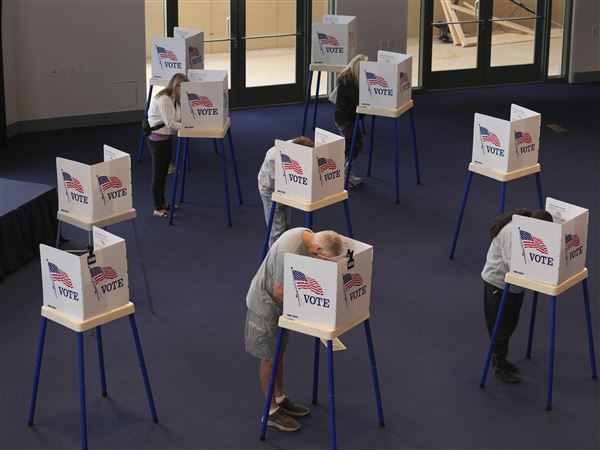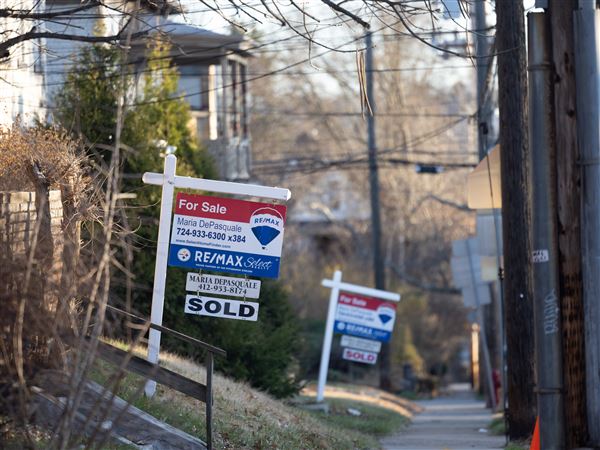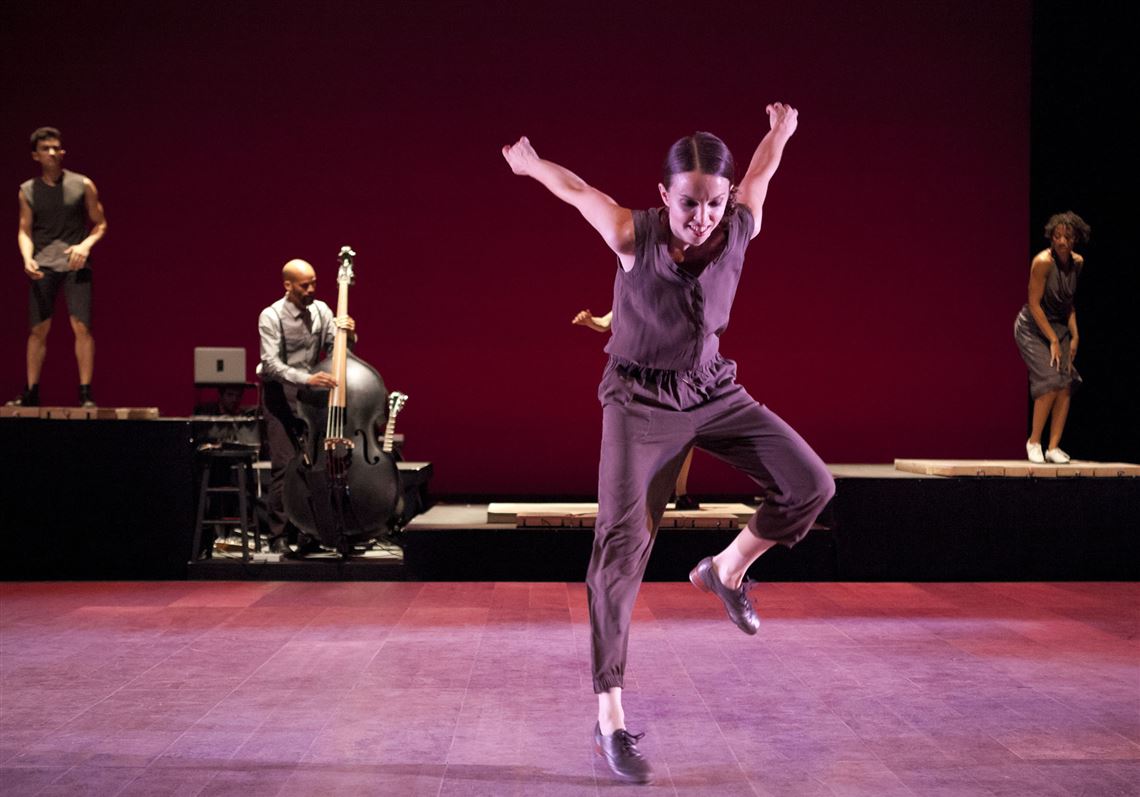When Michelle Dorrance is on the road with her New York City-based tap troupe Dorrance Dance, she encounters plenty of people who aren’t too familiar with the dance form. But for her, it’s just about all she’s ever known.
“People aren’t aware of its rich history or its cultural significance,” says Ms. Dorrance, pointing out that tap dance is America’s most longstanding indigenous jazz vernacular. “Very, very early on it was my love and passion.”
She grew up in Chapel Hill, N.C., and moved to New York City in 1997. Her mom was a ballet dancer and a teacher, giving her access to classes and mentorship by such dance greats as Gene Medler, founder and director of the acclaimed North Carolina Tap Ensemble. Over the years, she’s gotten to learn from lots of other tap legends, too, including Dianne Walker, Brenda Bufalino, Jimmy Slyde and James “Buster” Brown. “These folks were huge influences on us.”
Now, she’s doing her part through teaching and touring to influence the next generation of tappers and audiences. Dorrance Dance will make its Pittsburgh debut Saturday at Byham Theater as part of the Pittsburgh Dance Council’s 2015-16 season. It’s the first time the Dance Council’s lineup has included a tap act since Savion Glover appeared here a decade ago.
Life’s been a whirlwind for Ms. Dorrance since founding her namesake company about five years ago. She’s been hailed as “one of the most imaginative tap choreographers working today” by The New Yorker and has been featured on “The Late Show With Stephen Colbert.” She’s also garnered a number of prestigious accolades, such as a Bessie Award (considered the Oscars of dance), a Princess Grace Foundation award (the first to go to a tap dance choreographer) and a 2015 MacArthur Foundation “Genius Grant.”
These achievements are significant strides for tap dance, Ms. Dorrance says, but she speaks of them with a humble spirit.
“Tap dancing is the joy,” she says. “Sharing with people that it’s music just as much as it is dance, that’s the job.”
So why are there so many people who don’t know much about tap or discredit it as a true dance genre? Ms. Dorrance chalks it up to several things: It’s loud, it scuffs things up, it originated as a street form of dance and was originally a black dance style. She counts herself as just one of numerous tap dancers over the decades — many of whom are her mentors — who work to keep it relevant and present.
In Pittsburgh this weekend, Dorrance Dance will stage excerpts from a couple of shows. One is “SOUNDspace,” which premiered in 2013 in St. Mark’s Church in New York City’s East Village.
“It really explores the different sounds and textures of tap dance,” Ms. Dorrance says. There’s even a section that lights only dancers’ lower legs so audiences can focus on their rhythmic footwork in action.
The program also has live musicians (with dancers jumping on and off the bandstand), some improvisation, a bit of character-driven choreography and a mixed bag of sounds, from Radiohead and Fiona Apple to original music — and, of course, tap.
“Aesthetically, what I think is important is there’s a tremendous range,” Ms. Dorrance says. “That’s what we’re pushing ourselves to be able to do.”
Sara Bauknecht: sbauknecht@post-gazette.com or on Twitter and Instagram @SaraB_PG.
First Published: March 31, 2016, 4:00 a.m.

